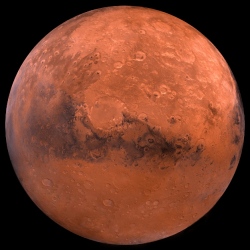
The first of Europe’s ExoMars missions is ready to get under way. This initial venture will involve a satellite going to Mars to study trace gases, such as methane, in the atmosphere. The orbiter will also drop a probe on to the surface to test technologies needed to land the second mission, a rover, that should arrive in 2019.
The path to this point has been a tortuous one, with the programme coming close to collapse on several occasions. ExoMars has gone through several iterations since being approved formally by European Space Agency (Esa) member states in 2005. Its vision has expanded from a small technology demonstration to a two-legged endeavour that will cost in the region of 1.3 billion euros.
In all the upheaval, ExoMars has also now become a joint undertaking with the Russian space agency (Roscosmos). The new partner literally rescued the project when the Americans dropped it as a priority, and will be providing key components and science instruments for both missions, as well as the Proton rockets to get all the hardware to Mars.
Wednesday saw officials from both Esa and Roscosmos inspect the finished satellite and test lander at Thales Alenia Space in Cannes, France. TAS is the lead European contractor for ExoMars. One of its senior directors, Vincenzo Georgio, said that it had taken a herculean effort to get the satellite and demo lander ready for flight.
"The baby’s there in the cleanroom and ready to go," he told me. "How did we get here? Two reasons. The first was the willingness of the people who wanted this programme. And the second was that, despite all the storms – the funding problems, the politics – we worked as if nothing was happening outside. We worked triple shifts; we worked seven days a week. And you see the result."
